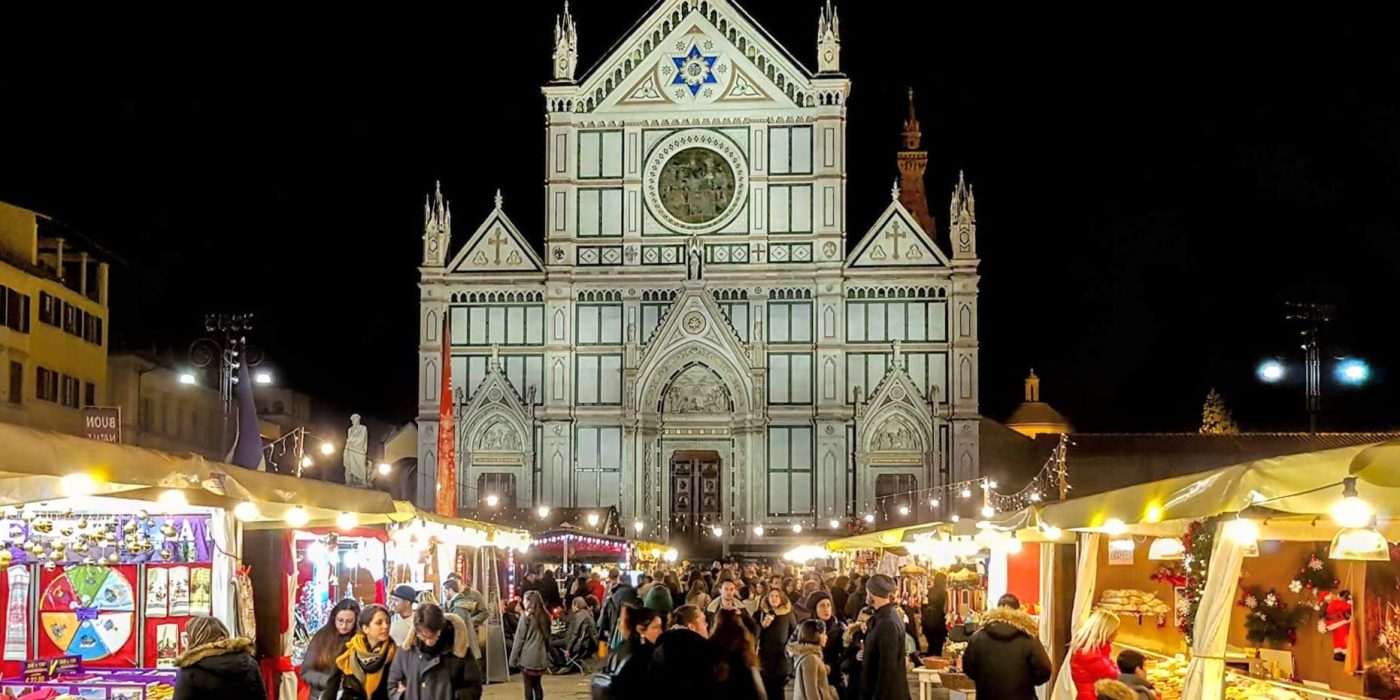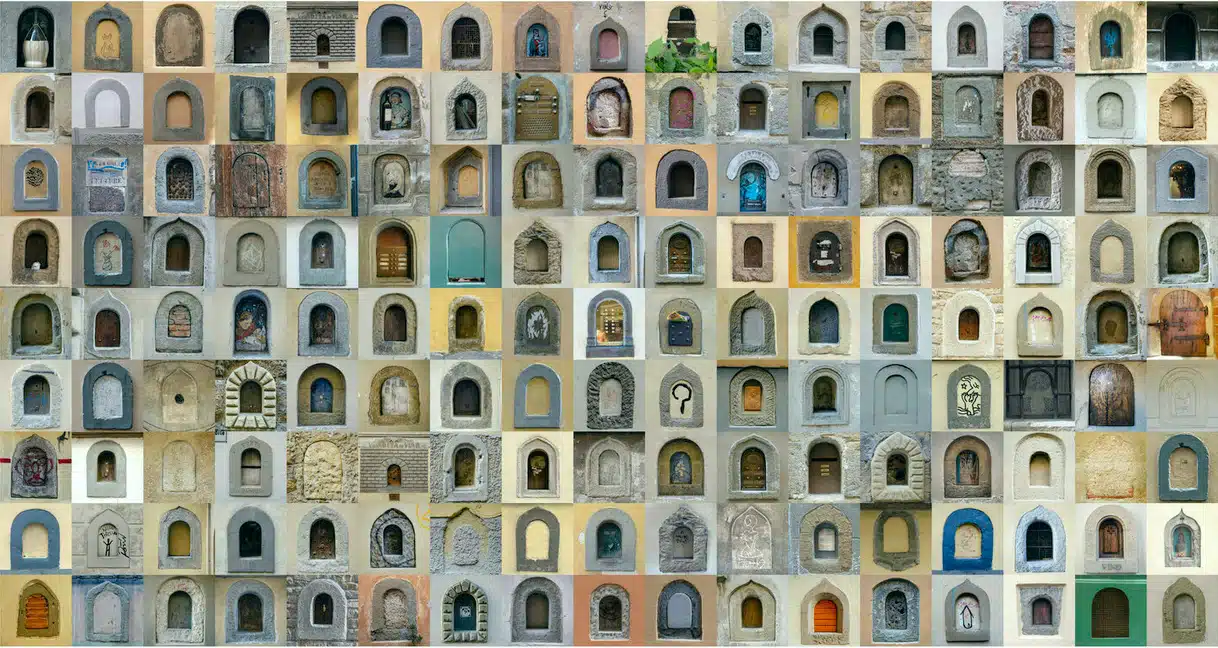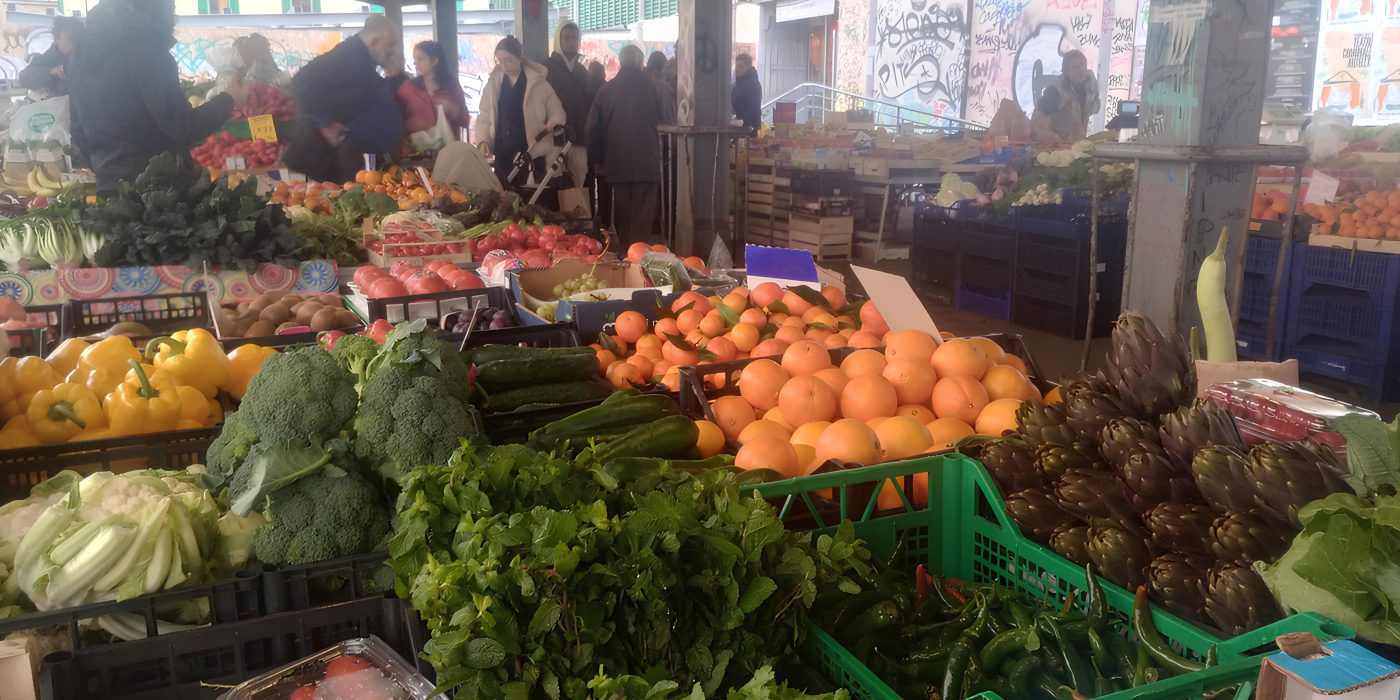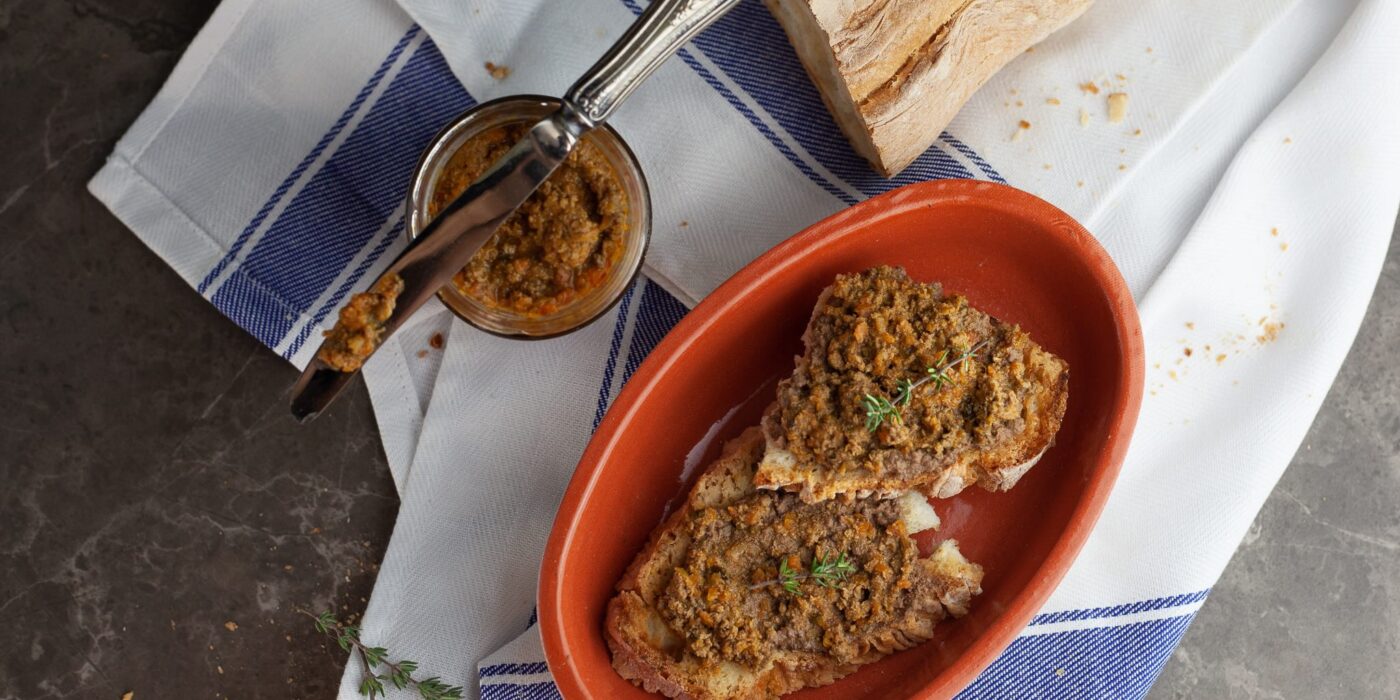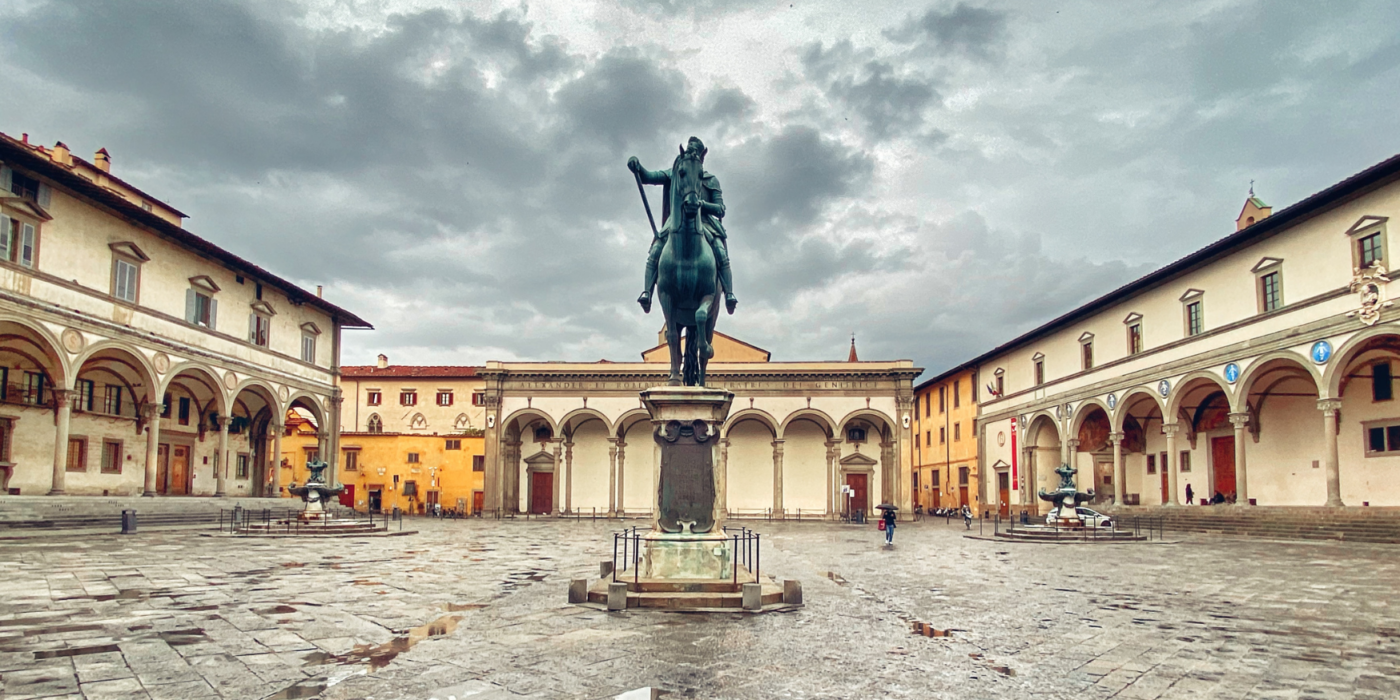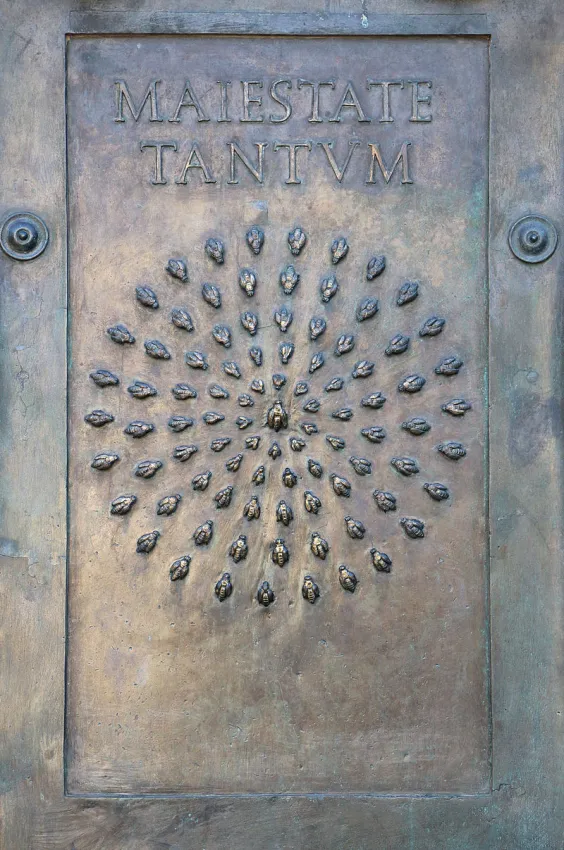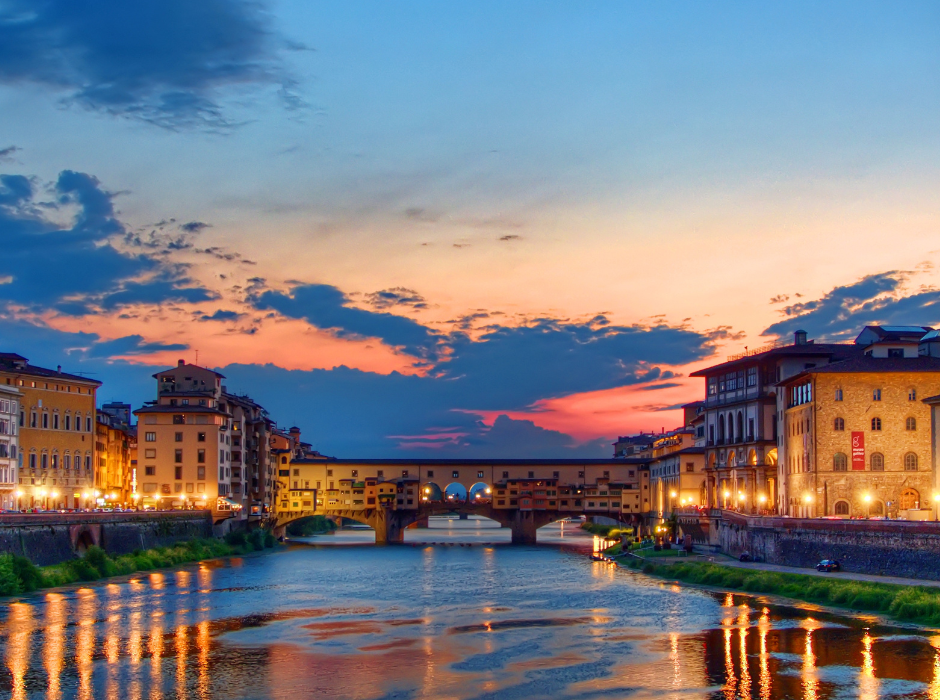Christmas 2024 in Florence
Christmas Markets 2024 in Florence: The Magic of the Holidays in the Heart of Tuscany
Piazza Santa Croce lights up for Florence’s most famous Christmas market of 2024! One of the most beloved and anticipated traditions in many cities around the world during the winter holidays has returned. With its unique atmosphere, it brings together people of all ages in a magical and immersive experience, and Florence is no exception.
The Traditional Weihnachtsmarkt of Piazza Santa Croce: Christmas in Florence Between Crafts and Magic
In Florence, the charming Piazza Santa Croce transforms into an enchanting festive oasis, hosting one of the most distinctive Christmas markets in the city. Inspired by the famous German Christmas markets, the Piazza Santa Croce market offers a perfect combination of crafts, gastronomy, and tradition, attracting thousands of visitors every year eager to immerse themselves in the Christmas spirit of Florence 2024.
Lights and events illuminate the city, fully embracing the holiday spirit. The square, dominated by the majestic Basilica of Santa Croce, becomes even more fascinating with its sparkling Christmas decorations and rows of wooden chalets in typical Alpine style. These stalls welcome exhibitors from all over Europe, making the market a place where different cultures come together.
Each product tells a story, from handcrafted Christmas decorations and scented candles to handmade jewelry and wool garments. Tuscan craftsmanship stands alongside items from countries like Germany, Austria, and Poland, creating a unique and diverse offering, with delicious treats such as pretzels, strudel, and mulled wine. Whether you are searching for a special gift or simply looking to soak in the holiday spirit, this market is a must-visit for anyone in Florence during this magical time of year.
A Paradise for Food Lovers: Christmas Delicacies in the City
Until December 22, more than fifty stalls will fill the traditional Weihnachtsmarkt in Piazza Santa Croce with enticing aromas and flavors. Beyond its exquisite crafts, the market is also a true paradise for food lovers. The gastronomic stands offer a selection of Tuscan and international culinary specialties. Visitors can purchase local delicacies such as aged cheeses, cured meats, traditional Christmas sweets, and Tuscan wines, as well as enjoy warm dishes prepared on the spot, including German bratwurst, roasted chestnuts, and of course, mulled wine and hot chocolate.
The market is an experience for the whole family. Children can immerse themselves in the holiday magic through performances and activities designed just for them. Santa’s House will be present, hosting games, live music, and even a mailbox where kids can leave their Christmas letters. Meanwhile, adults can enjoy the relaxing atmosphere and live entertainment that fills the square with festive energy.
The Christmas market runs daily from the early afternoon until the evening. Getting there is easy, as it is just a short walk from Florence’s main landmarks and is well-connected by public transportation. For those who want to fully experience the holiday atmosphere, it is recommended to visit in the early evening when the lights create an even more magical setting.
Strolling through the market stalls not only means discovering unique gift ideas but also immersing oneself in the authentic traditions of Christmas in one of Florence’s most iconic locations. Anyone wanting to experience Christmas 2024 in Florence should not miss this enchanting event.
The market’s location in the heart of Florence makes it even more special. Piazza Santa Croce is one of the city’s most historic squares, surrounded by elegant buildings and dominated by the Basilica, a masterpiece of Italian Gothic architecture.
Christmas Lights in the City Center: Discover the Holiday Magic in Florence
After visiting the market, take advantage of its proximity to other key attractions in the city. A walk through the illuminated streets of the historic center leads to the Duomo, Piazza della Signoria, and Ponte Vecchio, offering unique glimpses of a Florence dressed in festive splendor.
The Christmas market is a space for gathering and sharing, where friends and families come together to spend time in a warm and festive setting. Between browsing the stalls and sipping a cup of mulled wine, visitors create unforgettable memories connected to the unique atmosphere of the holiday season.
At a time when speed and technology often distance us from tradition, the Christmas market represents a return to simplicity and human warmth, an opportunity to slow down and enjoy the small things that make the holidays so special.
The Christmas markets in Piazza Santa Croce are an unmissable event for anyone wanting to experience the magic of the season in a historic and charming setting, where the warmth of the holidays blends with the timeless beauty of the city. A festive celebration that combines the grandeur of Florence’s history with the timeless enchantment of Christmas.
cover: sito di visit tuscany

